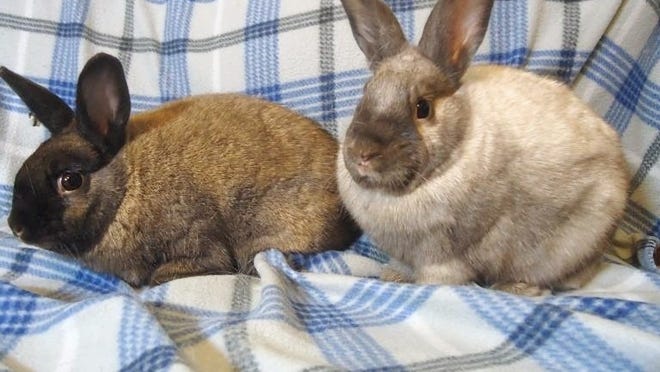Rabbits are social animals and often enjoy the company of other rabbits. However, introducing a new rabbit to your resident rabbit can be a tricky and stressful process if not done correctly. In this blog post, we'll discuss the best way to introduce a new rabbit to your resident rabbit.

Start with scent swapping
Before introducing your rabbits, start with scent swapping. This is a process where you swap the rabbits' living areas or bedding to allow them to become familiar with each other's scent. Place the new rabbit in a separate room or hutch with their own food and water bowls and litter box. Swap the rabbits' living areas or bedding every day, allowing them to get used to each other's scent.
Neutral territory
Once the rabbits have become familiar with each other's scent, it's time to introduce them on neutral territory. Choose a neutral space where neither rabbit has been before, such as a large playpen or a bathroom. Place some toys and hide boxes in the area to provide some distraction and comfort.
Supervised playtime
During the first few introductions, it's important to supervise the rabbits' playtime closely. Rabbits can be territorial and may fight if they feel threatened. It's best to start with short playtimes, gradually increasing the time as they become more comfortable with each other.
Watch for signs of aggression
While introducing the rabbits, watch for signs of aggression such as biting, chasing, or growling. If either rabbit shows signs of aggression, separate them immediately and try again later. Never leave the rabbits alone together until you're confident that they're getting along.
Be patient
Introducing rabbits can take time, and it's essential to be patient. Every rabbit is different, and some may take longer to get used to each other than others. Don't rush the process and allow the rabbits to set their own pace.
In conclusion, introducing a new rabbit to your resident rabbit can be a stressful process, but by following these steps, you can make the transition smoother and easier for both rabbits. Always take your time and watch for signs of aggression, and soon enough, your rabbits will be happily hopping around together.


